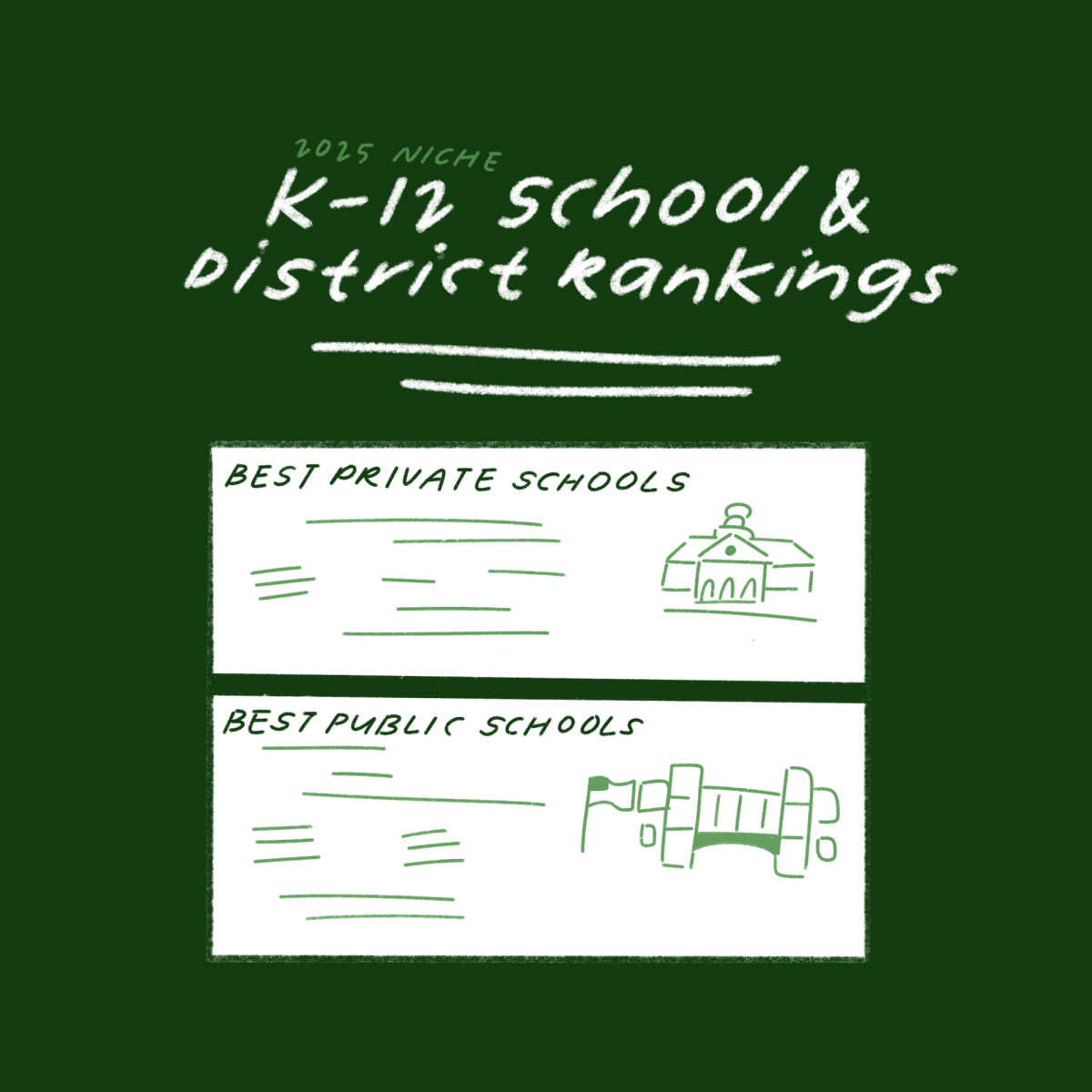Niche — an education ranking and review site — recently released its latest list of the top school districts in the nation. The Los Gatos-Saratoga Union School District ranked 23rd out of the pool of 10,561 ranked districts in the nation and fourth out of the 490 in California, receiving an overall “Niche grade” — a rating system that uses an A-F scale — of A+.
About the ranking, principal Greg Louie said, “It’s always nice to be well regarded or to be ranked high in something, especially when it comes to families who are looking to move into the community and decide whether or not they’re making a choice to send their child to a particular school.”
In particular, Niche ranked the student diversity a B; clubs and activities, sports and administration a B+; food, resources and facilities an A; and teachers, college prep and academics an A+.
Besides the national and state ranking, the district landed 33rd out of 674 schools for the best teachers in California and 68th out of 743 for best places to teach at in California. Moreover, Saratoga High as a school ranked 60th out of 17,915 nationwide, sixth out of 1,598 in California and first out of 236 in the San Francisco Bay Area for best college prep public schools.
However, Niche ranked the cost of living and housing a C- and C, respectively — reflecting the average cost of buying a house here at $3.8 million — although the overall grade for living in the area was an A+. Nevertheless, Louie does not see this as a major pitfall.
“When you basically analyze the socioeconomic state of a community, along with the preparation of the students and the success of the students, oftentimes, you will find that communities with a higher socioeconomic status have students who perform better on the SATs,” Louie said. “There’s a lot of positive factors that come with a higher socioeconomic community.”
He mainly attributes the high ranking to the overall positive environment at the school. He also noted the SHS’s outstanding extracurriculars, the quality of its teachers, support staff, cafeteria and the College and Career Center.
“There’s just a list of things that are tremendously positive about our school, and I think those are all things that contribute to the positive reputation we have,” Louie said.
To rank their schools, Niche states that they use data from Niche user data and student and parent surveys, as well as reviewed inspected factual data. After, they calculate a z-score — a standard score measuring the distance between the mean and the actual score — for each factor. The factors weighted for the rankings differ for each type of ranking (public school, college prep, college, and more). For the best school districts, academics are weighted at 50% of the final z-score, teachers at 15%, culture and diversity at 12.5%, parent and student surveys at 12.5%, resources and facilities at 5%, clubs and activities at 2.5% and sports at 2.5%.
The z-score allows Niche to compare each school before using it to assign a final grade and final z-score: to have an overall grade of A+, the final z-score (a combination of the factors’ z-scores) must be greater or equal to 1.96, a final z-score of less than -2.50 is a D-.




























